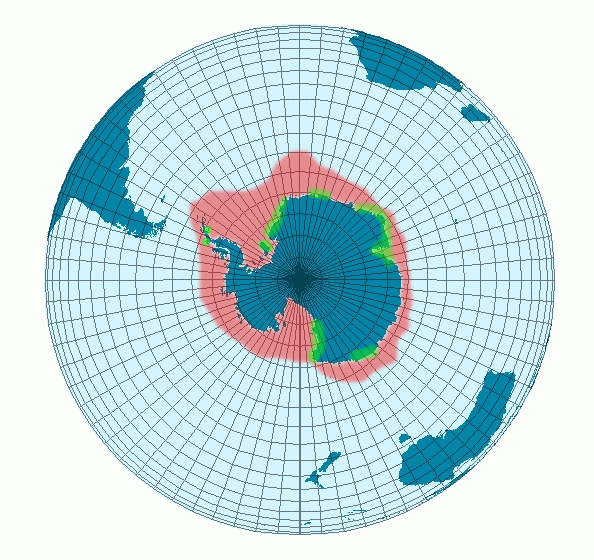Marine Animals: Emperor Penguin
Description
There are 17 species of penguin known to exist on planet Earth. Aptenodytes forsteri, the Emperor Penguin, is the largest, standing around 4 feet tall and weighing 51 pounds. Like all other penguins, emperor penguins are flightless, with specially-adapted flippers for swimming. The bodies of emperor penguins are counter-shaded, with black backs and white bellies, with characteristic bright orange necks. This pattern of colors helps to hide emperor penguins from predators while they are hunting or swimming.
<figure class="wp-caption aligncenter" style="width: 1599px;">
 <figcaption class="wp-caption-text">The life cycle of Emperor Penguins</figcaption></figure>
<figcaption class="wp-caption-text">The life cycle of Emperor Penguins</figcaption></figure>Emperor penguins are the only penguins that breed on the main Antarctic land mass in winter. Colonies of up to 60,000 breeding pairs can be found scattered across the Antarctic continent. The breeding cycle begins in the austral autumn, when sea ice is thick enough to support large colonies of penguins. Emperor penguins engage in a variety of behaviors when attracting a mate, including strutting around on the ice, singing, and head bowing or swinging. Once an egg has been produced, the male penguin will balance it on top of his feet and incubate the egg under a fold of skin, keeping it warm at a temperature of about 38 C, despite temperatures dropping to a teeth-chattering -35 C. Females spend the period between late May and July hunting while males guard the eggs. When the females return, mates locate each other by calling.
Rising global temperatures may threaten emperor penguin populations in the future. Warmer oceans will decrease the extent of sea ice in winter, which is vitally important for krill, an important prey species of emperor penguins. Coupled with overfishing of krill populations by humans, emperor penguins face considerable threats to their survival in the future.
<figure class="wp-caption aligncenter" style="width: 594px;">
 <figcaption class="wp-caption-text">The range of Emperor Penguins is restricted to Antarctica. Image from: https://upload.wikimedia.org/wikipedia/commons/c/c1/Manchot_empereur_carte_reparition.png</figcaption></figure>
<figcaption class="wp-caption-text">The range of Emperor Penguins is restricted to Antarctica. Image from: https://upload.wikimedia.org/wikipedia/commons/c/c1/Manchot_empereur_carte_reparition.png</figcaption></figure>This has been On the Ocean, a program made possible by the Department of Oceanography and a production of KAMU-FM on the campus of Texas A&M University in College Station. For more information and links, please go to ocean.tamu.edu and click On the Ocean.
Script Authors: James Chapman and Christopher Crookston
Editor: James M. Fiorendino
Contributing Professor: Dr. Lisa Campbell
Cover Image: Vlad Silver, https://www.wildimages-phototours.com/photography-tours/emperor-penguins-antarctica/





